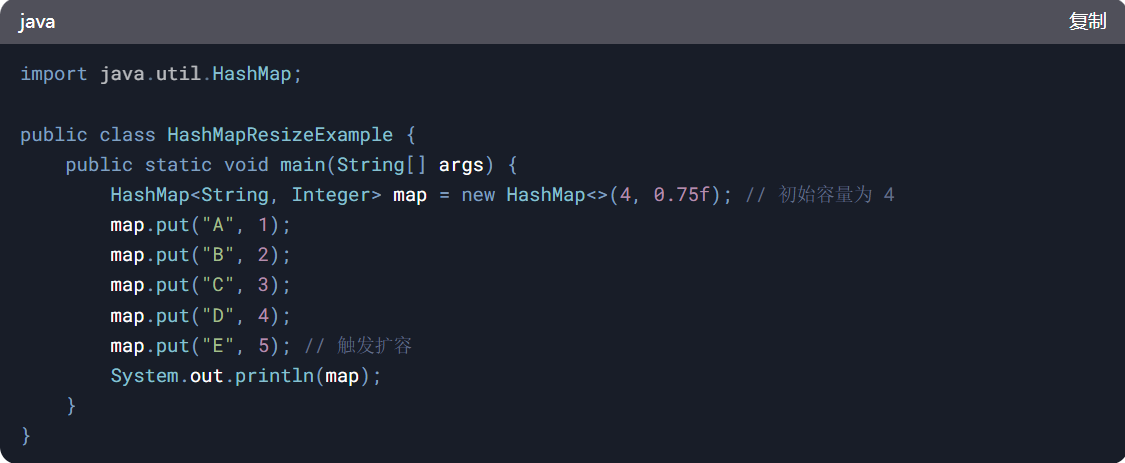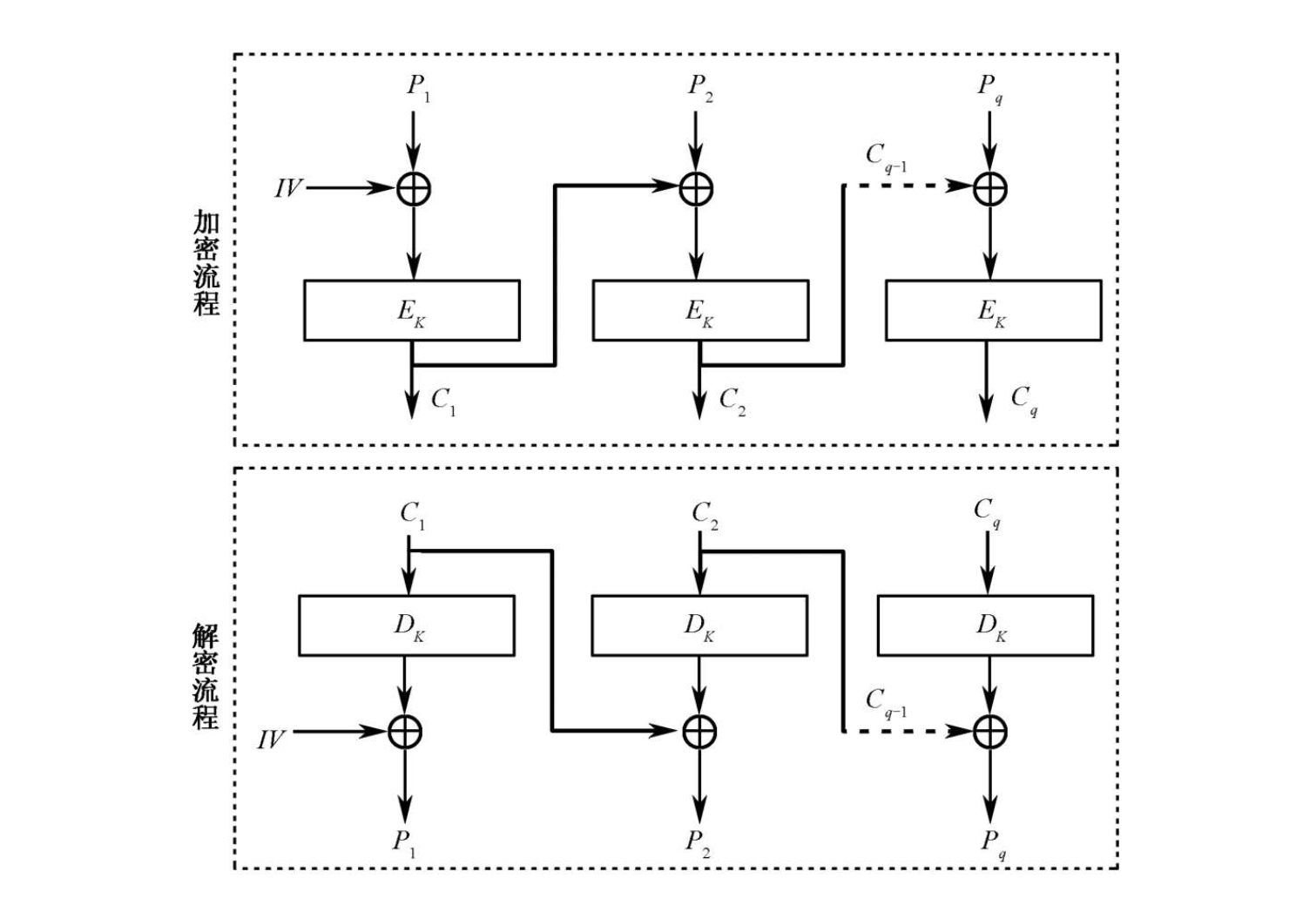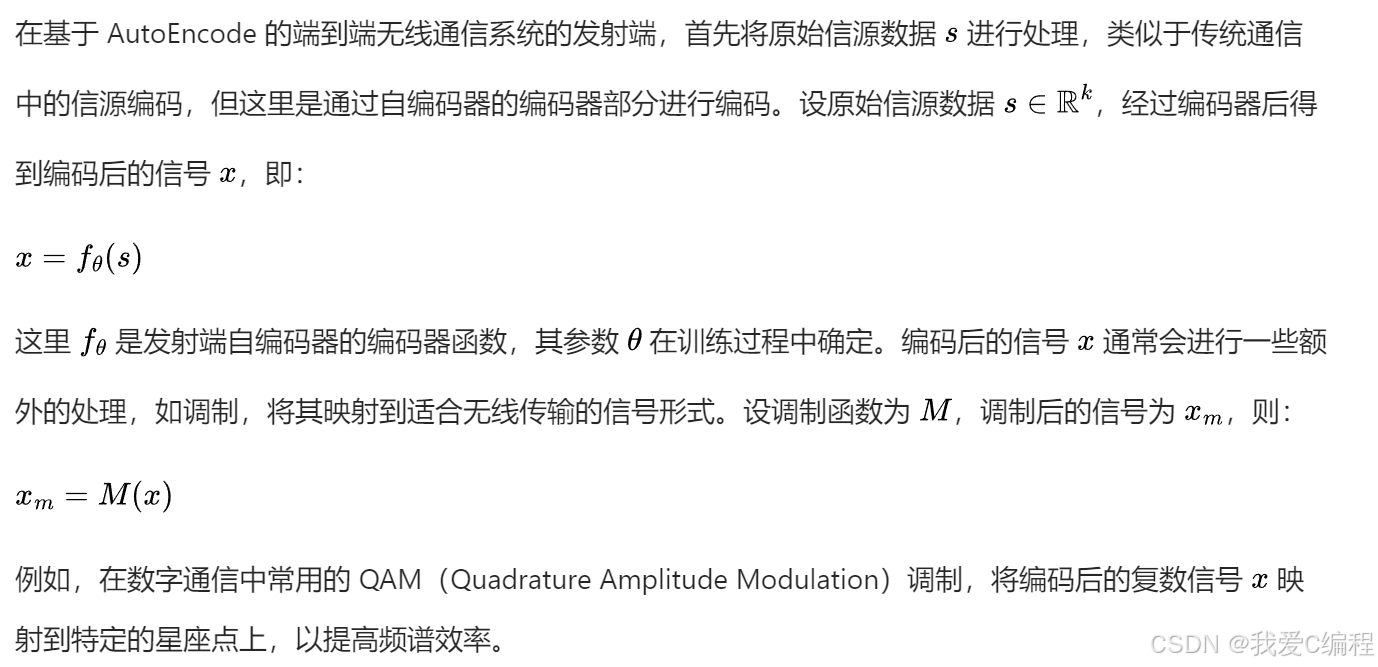14.A星寻路算法
题目
迷宫寻路需求,在一个迷宫游戏中,有一些怪物攻击主角,现在希望小怪物,能自动绕过迷宫中的障碍物,寻找到主角的所在。
思路
A星寻路算法(A*search algorithm),是一种用于寻找有效路径的算法。
简单的场景举例(简化问题),看一看A星寻路算法的工作过程。

小怪物从绿色的小方块开始每次只能移动一步,且不能穿越墙壁,求到达红色小方块的最少步数。
引入两个集合和一个公式。
集合:OpenList(可到达的格子),CloseList(已到达的格子)。
公式:F = G + H
每一个格子都具有F,G,H这3个属性,G(从起点走到当前格子的成本,既是从起点走大当前格子,已经走的步数),H(在不考虑障碍物的情况下,从当前格子走到目标格子的距离,也就是离目标还有多远),F(G和H之和,既是从起点到达当前格子,再从当前格子到达目标格子的总步数)。
第一步,把起点放入OpenList,也就是刚才所说的可到达格子的集合。第2步,找出OpenList中F值最小的方格作为当前方格。虽然我们没有直接计算 起点方格的F值,但此时OpenList中只有唯一的方格Grid(1,2),把当前格子移出 OpenList,放入CloseList。代表这个格子已到达并检查过了。第3步,找出当前方格(刚刚检查过的格子)上、下、左、右所有可到达的格 子,看它们是否在OpenList或CloseList当中。如果不在,则将它们加入 OpenList,计算出相应的G、H、F值,并把当前格子作为它们的“父节点”。一个格子的“父节点”代表它的来路,在输出最终路线时会用到。刚才的1-3步,就是局部寻路的步骤。重复2,3步,直到找到终点,或把所有可达的格子用尽为止。
代码
import java.util.ArrayList;
import java.util.List;
import java.util.Objects;public class AStar {public static final int[][] MAZE = {{0, 0, 0, 0, 0, 0, 0},{0, 0, 0, 1, 0, 0, 0},{0, 0, 0, 1, 0, 0, 0},{0, 0, 0, 1, 0, 0, 0},{0, 0, 0, 0, 0, 0, 0}};/*** A*寻路主逻辑** @param start 起点* @param end 终点*/public static Grid aStarSearch(Grid start, Grid end) {List<Grid> openList = new ArrayList<>();List<Grid> closeList = new ArrayList<>();openList.add(start);while (openList.size() > 0) {Grid currentGrid = findMinGrid(openList);//在openList找到F值最小的点openList.remove(currentGrid);//在openList移除当前格子closeList.add(currentGrid);//添加到closeListList<Grid> neighbors = findNeighbors(currentGrid, openList, closeList);for (Grid grid : neighbors) {if (!openList.contains(grid)) {//相邻节点不在openList,标记"父节点",G,H,F并放入openListgrid.initGrid(currentGrid, end);openList.add(grid);}}for (Grid grid : openList) {//终点在openList中,直接返回终点格子if ((grid.x == end.x) && (grid.y == end.y))return grid;}}return null;//openList用尽,找不到终点,说明终点不可达,返回null}/*** 寻找在OpenList集合中F值最小的*/private static Grid findMinGrid(List<Grid> openList) {Grid grid = openList.get(0);for (Grid _grid : openList) {if (_grid.f < grid.f)grid = _grid;}return grid;}/*** 寻找在格子,周围的格子(在边界内,没有走过的)*/private static List<Grid> findNeighbors(Grid grid, List<Grid> openList, List<Grid> closeList) {List<Grid> gridList = new ArrayList<>();int x = grid.x;int y = grid.y;if (isValidGrid(x, y - 1, openList, closeList))gridList.add(new Grid(x, y - 1));if (isValidGrid(x, grid.y + 1, openList, closeList))gridList.add(new Grid(x, y + 1));if (isValidGrid(x - 1, y, openList, closeList))gridList.add(new Grid(x - 1, y));if (isValidGrid(x + 1, y, openList, closeList))gridList.add(new Grid(x + 1, y));return gridList;}private static boolean isValidGrid(int x, int y, List<Grid> openList, List<Grid> closeList) {if (x < 0 || x >= MAZE.length || y < 0 || y >= MAZE[0].length)//是否越过边界return false;if (MAZE[x][y] == 1)//是否有障碍物return false;if (containGrid(openList, x, y))//是否在openListreturn false;return !containGrid(closeList, x, y);//在closeList,返回false 不在时不满足所有情况,返回true/*** return !containGrid(closeList, x, y); <==>* if(containGrid(closeList, x, y))* return false;* return true;*/}private static boolean containGrid(List<Grid> grids, int x, int y) {for (Grid grid : grids) {if (grid.x == x && grid.y == y)return true;}return false;}static class Grid {//演示代码,不符合Java Bean规范public int x;public int y;public int f;public int g;public int h;public Grid parent;public Grid(int x, int y) {this.x = x;this.y = y;}public void initGrid(Grid parent, Grid end) {this.parent = parent;//设置当前节点的父节点,方便回溯路径this.g = Objects.nonNull(parent) ? (parent.g + 1) : 1;//设置G属性值this.h = Math.abs(this.x - end.x) + Math.abs(this.y - end.y);//设置H属性值this.f = this.g + this.h;//设置F属性值}}public static void main(String[] args) {Grid startGrid = new Grid(2, 1);//起点Grid endGrid = new Grid(2, 5);//终点Grid resultGrid = aStarSearch(startGrid, endGrid);//回溯迷宫路径List<Grid> path = new ArrayList<>();while (Objects.nonNull(resultGrid)) {path.add(new Grid(resultGrid.x, resultGrid.y));resultGrid = resultGrid.parent;}//输出迷宫和路径,路径用*表示for (int i = 0; i < MAZE.length; i++) {for (int j = 0; j < MAZE[0].length; j++) {if (containGrid(path, i, j))System.out.print("*,");elseSystem.out.print(MAZE[i][j] + ",");}System.out.println();}}}










